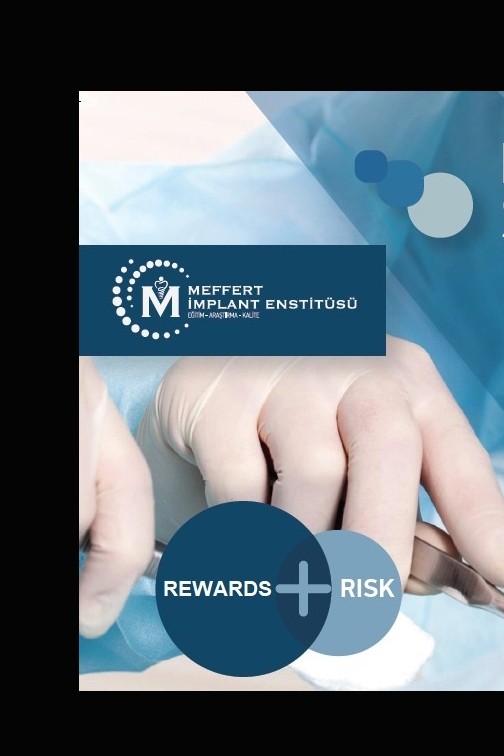Weighing Reward versus Risk of Grafting Procedures: A Prosthodontic Aspect
Weighing Reward versus Risk of Grafting Procedures: A Prosthodontic Aspect
Resorption of the
alveolar ridges after tooth extraction cannot be prevented. Therefore, alveolar
ridge defects represents a challenge for dentistry. The application of grafting
procedure has been introduced into dentistry mostly to enhance peri-implant
bone and place the longest/widest implants possible. Today, soft and hard
tissue grafting are safer and more effective than ever before. However, few
practitioners are able to perform grafting procedures or regenerations in their
daily practice.Even for patients who
are not considering an implant to replace a tooth that needs extraction, grafting
now offers us the chance to preserve the shape and strength of the bony ridge
long after the tooth is gone.
This is important
not only for the health and strength of the teeth surrounding the extraction
site, but also for the possibility of implant, repair broken bones, bridge, denture, or partial
placement in the future. Traditional dentures and partials always fit better when
the bony ridge is thick and strong.
Even bridges
placed over extraction sites can be aesthetically compromised by resorption.
Simply put, alveolar
ridge bone resorption after tooth extraction makes every tooth replacement
option more difficult, more expensive, more time consuming, less comfortable,
less aesthetic, less successful, and sometimes even impossible. These results
support the placement of graft over extraction areas under favourable
conditions.
Keywords:
implant, soft and hard tissue grafting, prosthodontics,
___
- J Pharm Bioallied Sci. 2013 Jun; 5(Suppl 1): S125–S127
- Başlangıç: 2017
- Yayıncı: Meffert İmplant Enstitüsü
